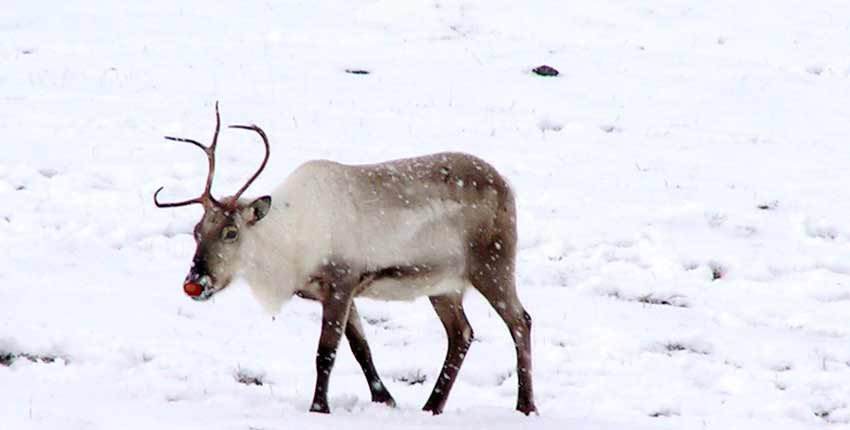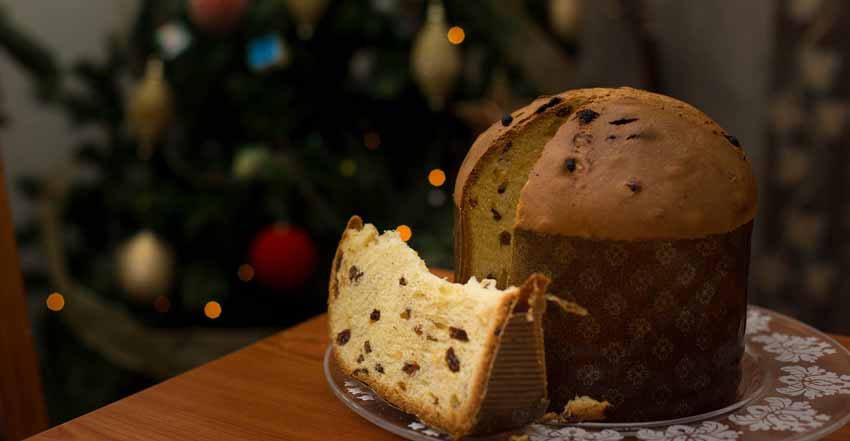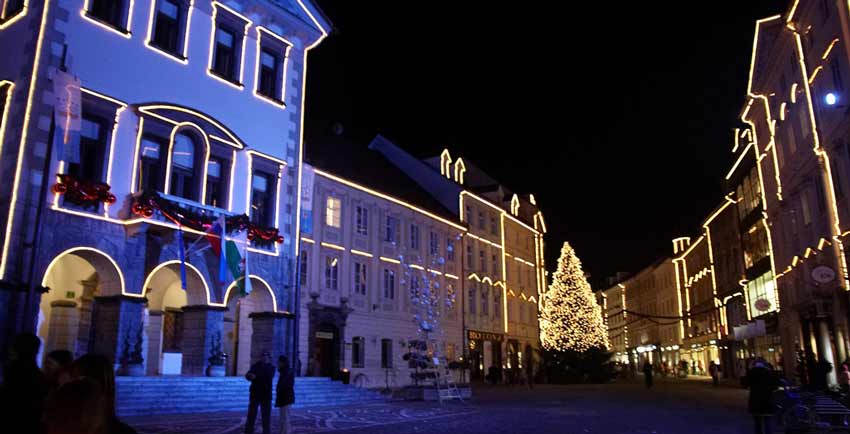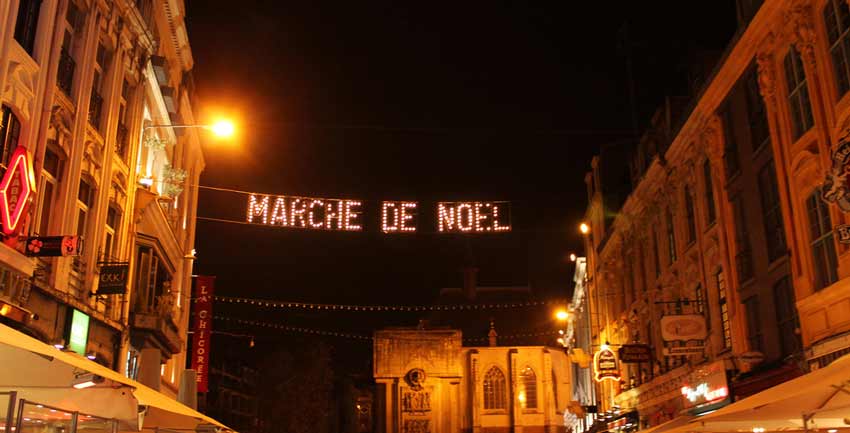Christmas traditions across Europe are as varied as the villages, mountains and countryside in which they take place. To give you an idea what traditional Christmas celebrations look like in Italy, Czech Republic, The Netherlands, France, Iceland, Slovenia and Germany, we did a little research among our friends and came to the below typical traditions.

ICELAND - GLEÐILEG JÓL!
Because the days are so short and dark the Christmas lights are put up early in Iceland. Icelanders celebrate Christmas on the 24th of December. On Christmas day the traditional meal that most Icelanders enjoy is smoked lamb (hangikjöt) served with leaf bread (Laufabrauð). The leaf bread is a hard, deep fried, thin bread that families get together to bake, cutting decorative patterns in the dough.
Baking holds a special place at Christmas time as it provides an opportunity for families and friends to do something together while the kids dance around the Christmas tree and sing Christmas carols.
There are 13 Santas, or Yule lads, in Iceland with each providing children a small present in their shoe for each of the 13 nights before Christmas. If the kids are naughty they get an old potato. This tradition has helped to ensure good behaviour for the second part of December!

ITALY - Buon Natale!
On Christmas Eve, children across the country leave out a glass of wine and cake for Babbo Natale (Father Christmas). In some cities, like Trieste, San Nicolò (Santa Claus) brings presents on December 6, while in Verona the tradition of Santa Lucia sees the whole city celebrate with Christmas markets and children receiving presents on December 13.
The traditional cakes eaten through the season in
Italy include
pandoro, originally from Verona, and
panettone, from Milan, both sweet breads with raisins and candied fruit included in the panettone. On Christmas Day the hero dish is roasted capon (cockerel).
CZECH REPUBLIC - Ježíšku panáčku!
Advent, the period of fasting that begins four weeks before Christmas holidays, is the most eagerly awaited time of year for many Czechs as it means the preparations for Christmas can begin.
On Christmas Eve in the
Czech Republic, fairy-tales are told and houses are decorated with mistletoe and of course a Christmas tree. Traditions include an all-day fast (it is said that whoever lasts until the evening will see a golden pig) or the throwing of a slipper (if it lands with the toes pointing at the door, it means that the girl in the house will marry within a year). Meatless dishes are served for lunch – peas, barley, or a mushroom casserole.
Other unique Czech Christmas traditions include; placing a candle in a nutshell and put it in the water. If the candle doesn’t sink, it means a prosperous year ahead.

SLOVENIA - Vesel božič!
Around 60% of Slovenians are Christians and typically only this part of the Slovenian population celebrates Christmas. For many other non-Christian Slovenians New Year’s Eve is celebrated, instead of Christmas, however the family gets together on January 2 for the celebratory meal.
Children in
Slovenia can receive gifts from St. Nicholas, Baby Jesus, Santa Claus, or Grandfather Frost. St. Nicholas visits on St. Nicholas Day, December 6. Santa Claus or Baby Jesus visits on Christmas while Grandfather, or Father, Frost may appear on New Year.
THE NETHERLANDS - Gelukkig Kerstfeest!
Most organisations in
the Netherlands share in the festive spirit by rewarding their employees with a
kerstpakket (Christmas box). Traditionally this contains groceries like lobster soup, bread sticks, ragout & patties, candles, crisps and maybe even a bottle of mulled wine.
The main Christmas meal is embraced by everyone, usually even two days in a row on the 25th and 26th (second Christmas Day) of December. These dinners in the Netherlands can typically include either a roulade with trimmings or a raclette dinner.
GERMANY - Frohe Weihnachten!
For most Germans the one colourful tradition is the Christmas market. Beginning mostly in late November in almost every city, town or village in
Germany, Christmas markets will pop up on the local square and often in several other locations with beautifully decorated stalls, entertainment and all kinds of delicious foods like Glühwein (mulled wine) and roasted chestnuts.
Heiligabend (Christmas Eve) is the main day where presents are exchanged. Traditionally a small meal like potato salad with small sausages (Frankfurter/Wiener Würstchen) or carp are served before the opening of gifts.

FRANCE - Joyeux Noël!
As you would expect in
France, the Christmas meal is something to behold with a Christmas turkey served with
pommes dauphine (crisp potato puffs made by mixing mashed potatoes with savoury choux pastry), green beans rolled in bacon, and some chestnuts. And it wouldn’t be a French Christmas without some good red wine of course!
Several days before Christmas, the towns and villages of France take on a festive air. Town hall facades are decorated, huge trees are erected in the major squares and the main streets begin to dazzle with a wonderful array of Christmas lights.